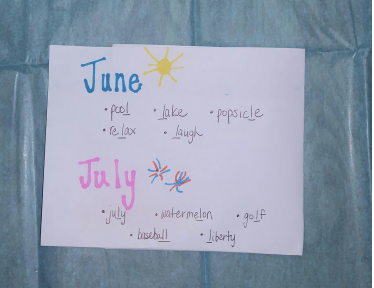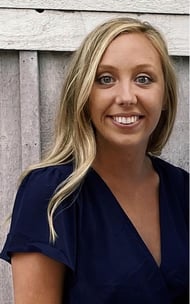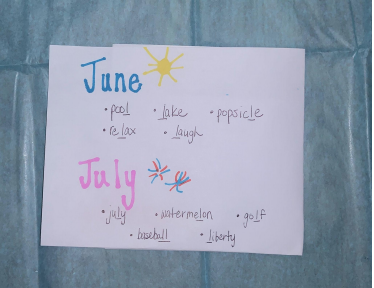We’ve made it to the final stretch of the school year and we’re SO close to the finish line.
This year, teachers, therapists, and school administrators have endured so much change, and we should all be proud of ourselves for all that we’ve accomplished! With summer quickly approaching, it’s important to wrap up the school year and end on a positive note. Some students will go two, almost three, months without direct speech and language services. As such, it may be beneficial to send things home to help their speech and language skills over the summer. Parents often would like to incorporate their goals and may be unsure of how to do this successfully. As the SLP, you can provide them with suggestions on how to easily incorporate speech and language goals while on summer break.Below are some easy ideas on how to include their speech/language skills over the summer:- Speech/Language/Fluency Calendars - This includes sending home a calendar that includes one activity a day to complete. Some examples include: “SAY 5 words with your good ‘th’ sound 10 times”, “Find items outside that contain your speech sound”, “Pick one fluency strategy today and practice it”. For older students, you could include examples of their goals as well, such as “Name a synonym of the word: tired”.
- Speech/Language Activity Guides - Speech and language skills are embedded everywhere! Provide parents or students with activities to try, and language to incorporate while completing the activity. For example, using sidewalk chalk, you could provide a list of verbs to incorporate (e.g., color, draw, etc.), draw pictures of things with their speech sound, or draw a story and retell it using sequential words such as “first, then, last”.
These are just a few ideas to help guide your thinking into how to incorporate their skills over the summer. Now, relax and enjoy your break this summer!

 |
About The Author Hannah Greeling is a speech-language pathologist who works in the school setting. Her current population consists of students in early childhood through 2nd grade. However through her previous experiences, she has worked with children ages 2-15. She enjoys the diversity that speech pathology brings and hopes to share strategies and ideas to help facilitate communication with your students. She received her undergraduate degree in Communication Disorders and Sciences from Eastern Illinois University and her masters degree in Speech-Language Pathology from Southern Illinois University Edwardsville. |
